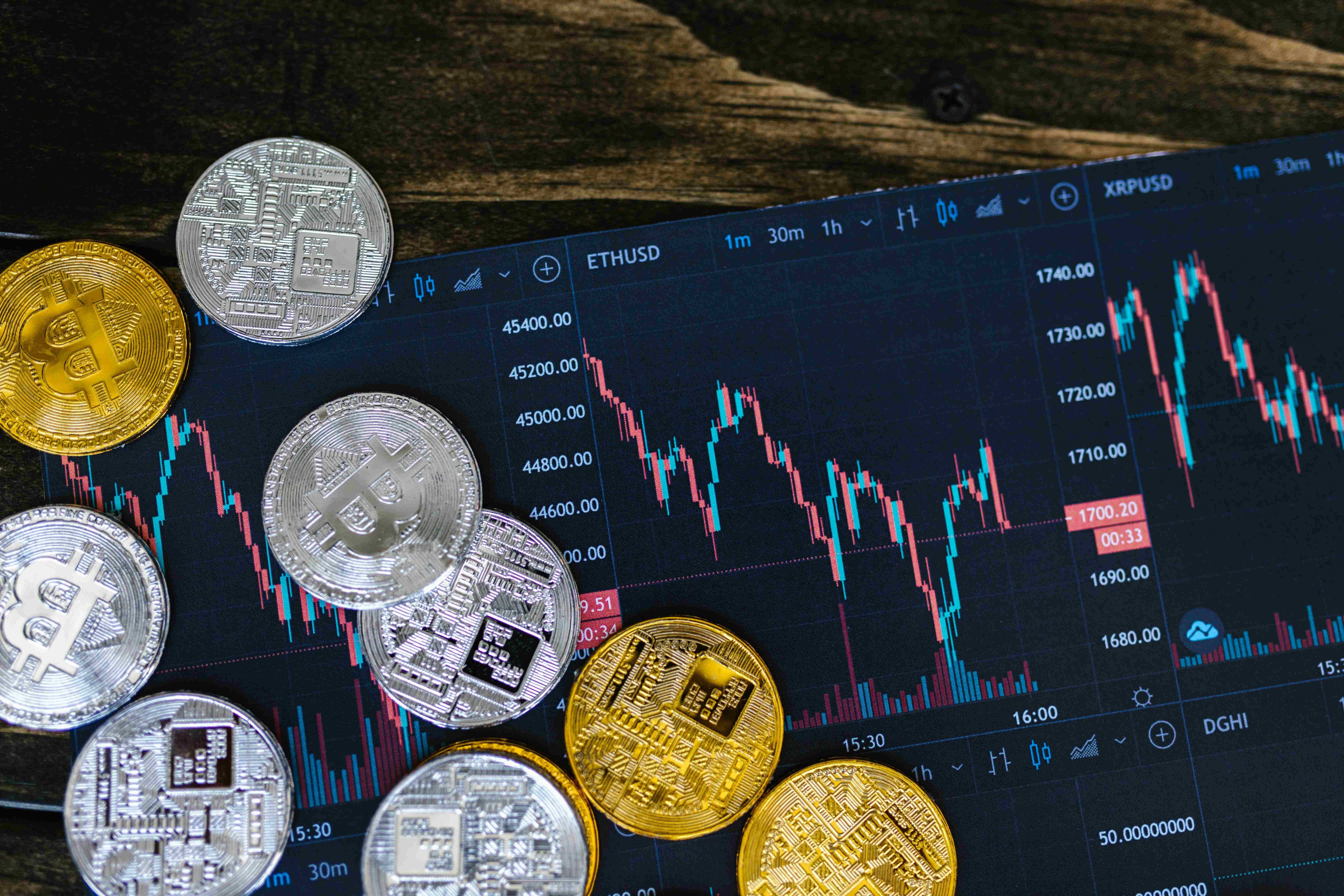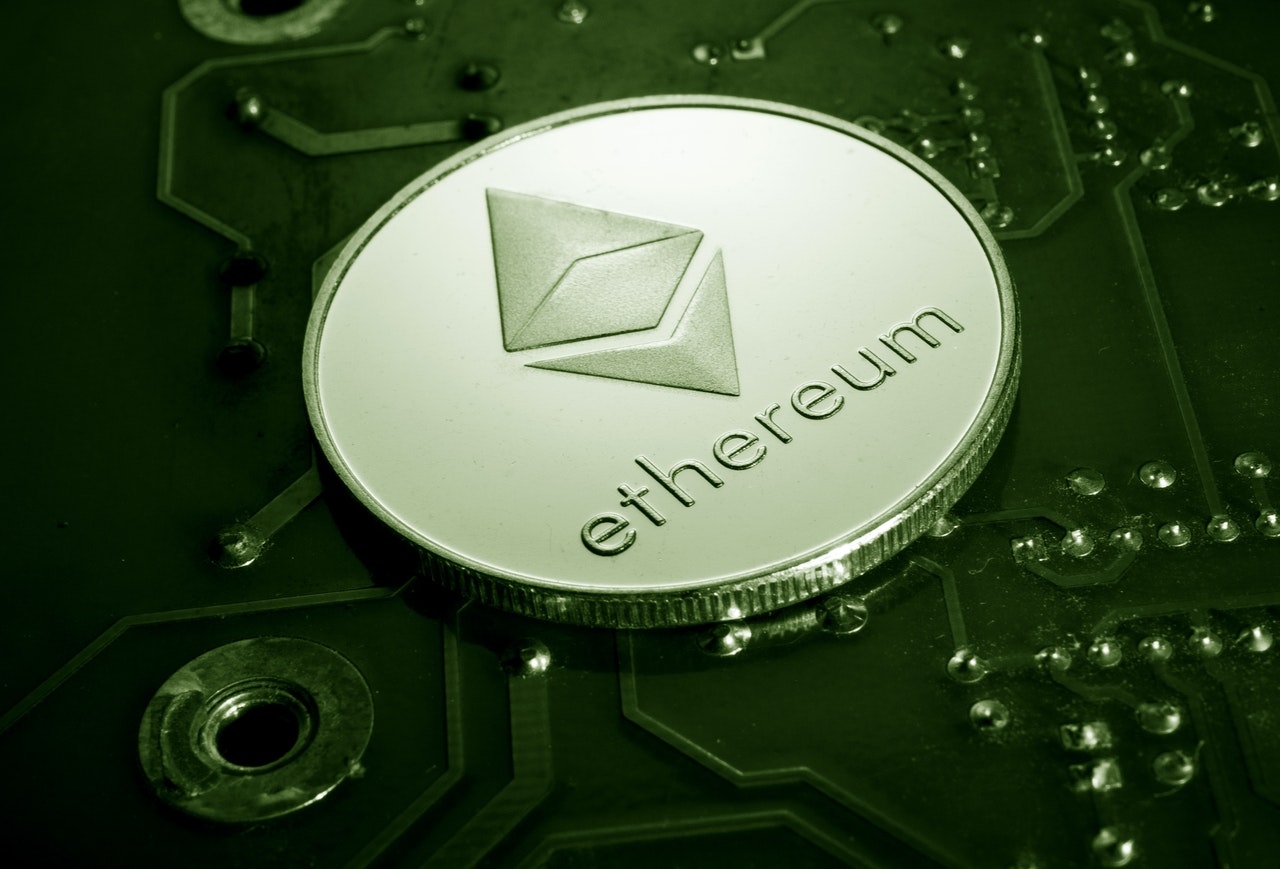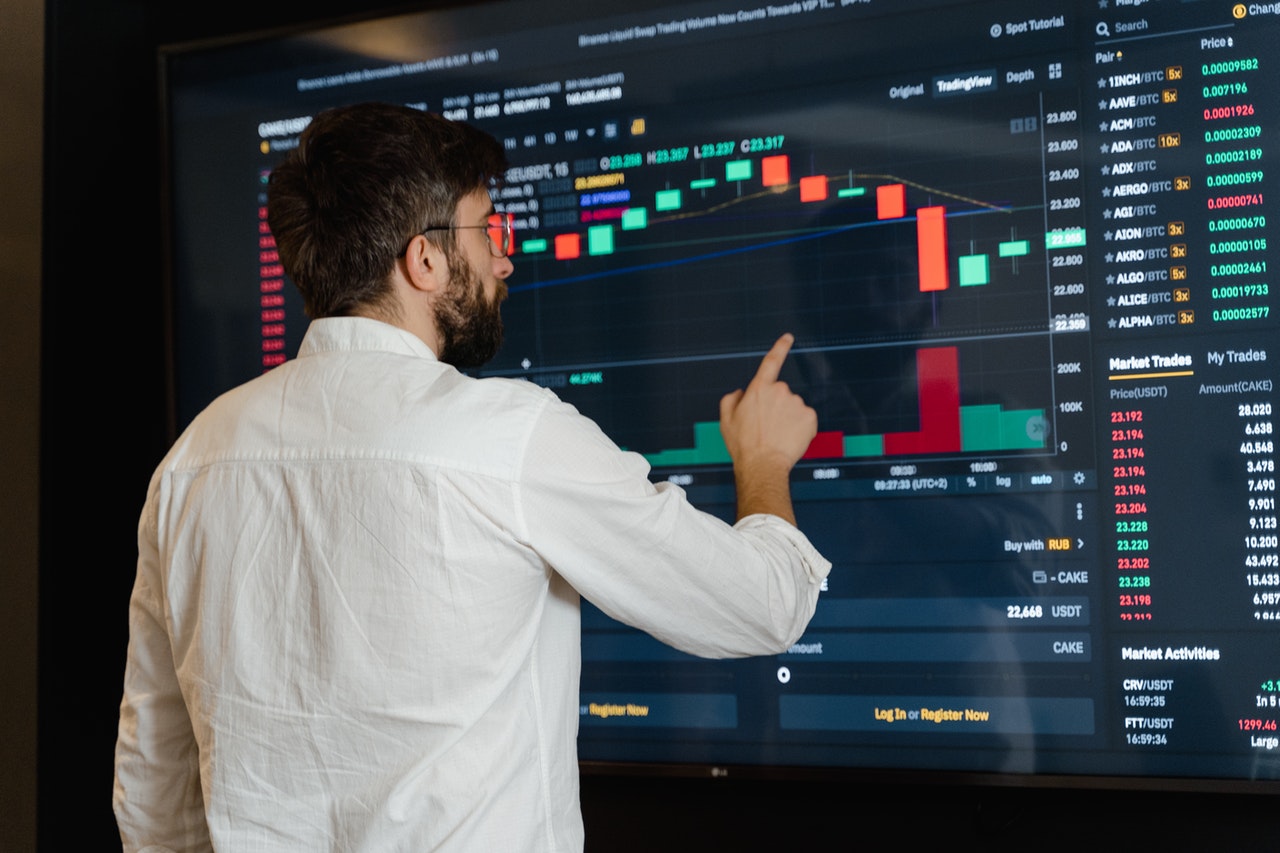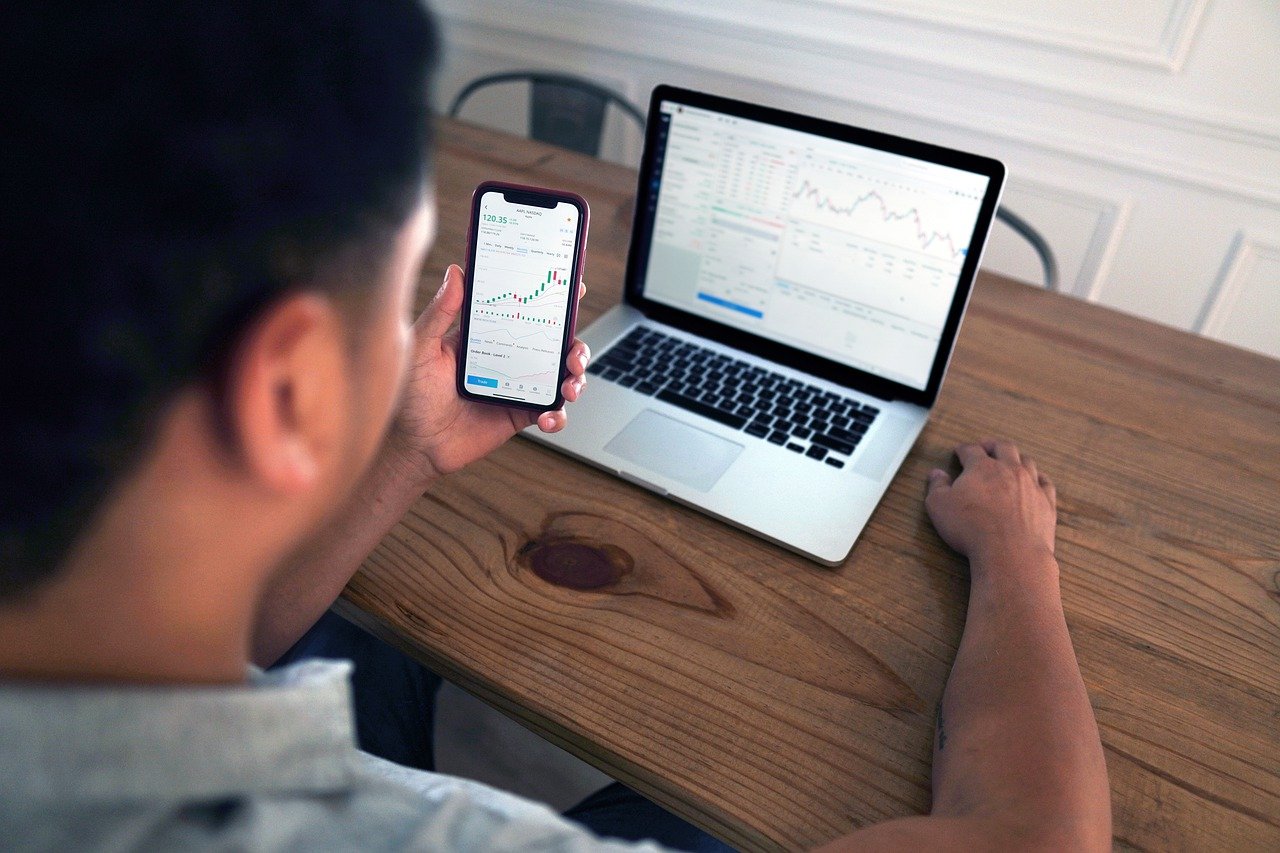Finding the ideal trading strategy can sometimes feel like a challenge. Grappling with market data to uncover effective methods is a process I’m intimately familiar with. My exploration brought me to backtesting—a technique that utilizes historical data to forecast potential future outcomes.
This article explores how backtesting, with the application of tools like TradingView and Cryptohopper, can serve as a guide in the dynamic field of crypto trading. Prepare yourself for some valuable guidance!
Key Takeaways
- Backtesting uses old market data to test trading strategies. This helps find what works before risking real money.
- There are tools like TradingView and Cryptohopper for automated backtesting. They save time and increase accuracy.
- Strategies include trend trading, scalping, and arbitrage. Each has its way of making profit based on market moves.
- Risk management is vital. It’s important to set limits on trades to avoid big losses during market drops.
- Common mistakes in backtesting include ignoring risk management and making a strategy fit too tightly to past data, which might not work in the future.

Key Components of Effective Backtesting
Backtesting needs good data and smart plans. You look at old market info, make a trading blueprint, and decide how much risk to take.
Historical Data Analysis
I look at past prices, trading volume, and market conditions from places like Binance and Coinbase. Providers such as CoinAPI and CryptoCompare give me this historical data. I make sure the data is clean and covers the right periods.
This step helps to understand how markets acted in the past.
Using this data, I can test trading strategies before using them in real trades. It’s like a time machine for my crypto bot. With good historical data, predicting future moves gets easier.
My goal is to use this information to make smarter trades with less risk.
Good decisions come from experience, and experience comes from bad decisions.
Trading Strategy Formulation
Creating a trading strategy is vital for success in crypto trading. I focus on clear rules for buy and sell decisions. For example, if I buy Bitcoin at $50,000, I might set a take-profit at $50,100 and a stop-loss at $49,900.
These parameters help me manage risk effectively.
Analyzing market trends is key to formulating my strategies. Using tools like moving averages or the relative strength index helps me understand price movements better. Every choice has a purpose—this approach minimizes errors and biases in my trades.
A solid plan boosts confidence when faced with market volatility.
Risk Management Techniques
After formulating a trading strategy, I focus on risk management techniques. These are crucial for successful crypto trading. I always look at historical data to set my stop-loss orders.
This helps me limit losses during market volatility.
Understanding drawdowns is key too. For instance, knowing that the maximum drawdown can reach 9.42% allows me to adjust my trades accordingly. I use capital allocation wisely to balance potential returns and risks.
Diversifying across different crypto exchanges also helps in managing risk effectively.
Methods of Backtesting Crypto Trading Strategies
Backtesting crypto trading strategies involves two main methods. I can do it manually, or I can use automated tools to save time and increase accuracy.
Manual Backtesting
Manual backtesting means applying trading strategies to historical data. I often find this method low-cost and helpful. I can see how my strategy would have performed in the past without risking real money.
For example, I test a trend-following strategy by analyzing daily price movements of BTC over several months.
This process is time-consuming and may lead to errors if I’m not careful. It involves tracking performance metrics like maximum drawdown or return on investment (ROI). By doing this, I get a sense of market conditions before going live with my trades.
Now, let’s explore automated backtesting methods that make this easier….
Automated Backtesting
Automated backtesting uses software to test trading strategies. It can save time and increase accuracy. Tools like TradingView and Cryptohopper fetch historical data for analysis. They track performance metrics, helping me see what works or fails in my strategy.
Automated backtesting is user-friendly. I can simulate trades quickly without manual effort. This makes it easier to find the best approach to trade cryptocurrencies while managing risks effectively.
Next, I’ll explore practical examples of backtesting strategies…
Top Tools for Automated Crypto Strategy Backtesting
There are many tools for automated crypto strategy backtesting. Some popular choices include TradingView and Backtrader, which help traders analyze past performance.
Software and Platforms Overview
TradingView is a solid choice for crypto traders. It offers advanced charting tools, Pine Script for custom indicators, and built-in backtesting options. This platform helps test trading strategies quickly.
Cryptohopper stands out too. It supports multiple exchanges and has an easy-to-use interface. Traders can set up their bots without hassle. Both platforms make backtesting more efficient, making them great for anyone serious about automated trading strategies.
Practical Examples of Backtesting Strategies
Practical examples help you see how backtesting works. I use strategies like trend following, scalping, and arbitrage to test my trading ideas.
Trend Trading
Trend trading focuses on following market trends to make profits. I use moving averages, like the 50-day and 200-day MAs, to identify these trends. If the price stays above these averages, I see it as a sign of an uptrend.
Conversely, when the price is below these lines, it indicates a downtrend.
In trend trading, timing is key. I enter trades that align with these movements and aim for quick gains. This approach can work well in volatile markets, but risk management remains crucial.
Setting stop-loss orders can help protect gains if market conditions change suddenly… Next up is scalping!
Scalping
Scalping is a fast-paced trading style. I target small intraday profits, often aiming for quick gains. For instance, if I buy Bitcoin at $50,000, I might set my take-profit at $50,100 and my stop-loss at $49,900.
This strategy focuses on making many trades throughout the day.
To be successful in scalping, technical analysis plays a key role. Tools like Bollinger Bands or moving averages help me spot market trends quickly. Market volatility can create opportunities to capitalize on these small price movements.
It’s all about timing and execution—every second counts in this game!
Arbitrage
Arbitrage takes advantage of price differences between exchanges. I can buy Bitcoin (BTC) at $50,000 on Binance and sell it for $50,200 on Coinbase. That gives me a profit of $200 per BTC.
This strategy is all about quick trades and smart moves.
Timing is key in arbitrage. Prices change fast due to market volatility. High-frequency trading can boost profits but requires good tools and software to track movements. Watching historical data helps see patterns too…
Staying alert means I catch those opportunities more often!
Refining and Iterating Strategies Based on Backtest Results
Refining strategies based on backtest results is key. I assess each strategy’s performance against market trends and risk management rules. This way, I can spot what works and what doesn’t.
If a strategy fails to meet my goals, it’s time to rethink or scrap it… Adaptation leads to better trading outcomes.
When to Revise or Abandon a Strategy
I watch my trading strategy closely. If it shows consistent underperformance, I think about changing it. Analyzing performance issues is key. I check for maximum drawdown and overall risk management.
Adjusting entry or exit criteria can help. Sometimes, it’s better to abandon a strategy that does not fit the current market conditions. Simplifying complex strategies may bring clarity too.
Adapting is vital in this fast-moving world of crypto trading.
Common Pitfalls in Crypto Bot Backtesting
Common pitfalls can hurt your backtesting efforts. Many traders ignore risk management, which is a big mistake. They may also overfit their strategies to past data, thinking it will always work…
but markets change constantly.
Neglecting Risk Management
Risk management is essential in crypto trading. Overlooking it can result in significant losses. For instance, not using stop-loss orders leaves traders vulnerable during market dips.
I’ve witnessed many traders lose money because they don’t set limits on their trades.
It’s also vital to consider risk-to-reward ratios. A strategy without this balance can appear profitable but might collapse quickly in a bear market. Always include sound risk management techniques in your trading algorithms and strategies.
This will aid in safeguarding against drawdowns and maintaining capital while managing price fluctuations.
Overfitting Historical Data
Overfitting historical data is a common mistake in backtesting. It happens when strategies are too closely matched to past market trends. This makes them perform well on paper but poorly in real trading.
For example, if I design a strategy based solely on past price data, it may not work as expected in live markets.
Strategies must adapt to changing market conditions. They should fit various timeframes and styles like swing trading or day trading. If they are only geared toward historical performance, I risk facing losses during different market phases—especially during high volatility times.
Therefore, it’s crucial to keep the approach flexible and test across diverse scenarios for better reliability in the future.

Advanced Strategies in Crypto Bot Trading
In crypto bot trading, high-frequency trading (HFT) can help you seize quick market moves. Dollar cost averaging (DCA) offers a steady way to invest over time, reducing the impact of price swings…
Each strategy has its perks and fits specific goals.
High-Frequency Trading (HFT)
High-Frequency Trading (HFT) uses advanced algorithms to make many trades in milliseconds. This fast-paced method needs a lot of capital and low-latency infrastructure. Traders can profit from small price changes due to market volatility.
HFT strategies often include day trading and market making, taking advantage of tiny shifts in prices.
I have seen HFT in action on various crypto exchanges. Data analytics plays a key role here, with tools like machine learning helping traders find patterns quickly. These bots execute orders at lightning speed, which is crucial for success in today’s competitive landscape.
Dollar Cost Averaging (DCA)
Dollar Cost Averaging, or DCA, is a simple way to invest in crypto. I invest fixed amounts at regular intervals. For example, in week 1, I put $1,000 into ETH when its price was $2,000.
This means I bought 0.5 ETH.
DCA helps reduce the impact of market volatility. It spreads out my investments over time. I don’t worry about timing the market perfectly. Instead, I focus on building my holdings steadily while managing risk effectively through consistent buying habits.
Conclusion
Backtesting crypto bots helps traders refine their strategies. Using historical data shows how a strategy might have performed. Tools like TradingView and Cryptohopper make this easier. With good backtesting, I can spot risks and adjust plans before live trading. It’s a smart way to boost confidence in the fast-paced crypto world.
















